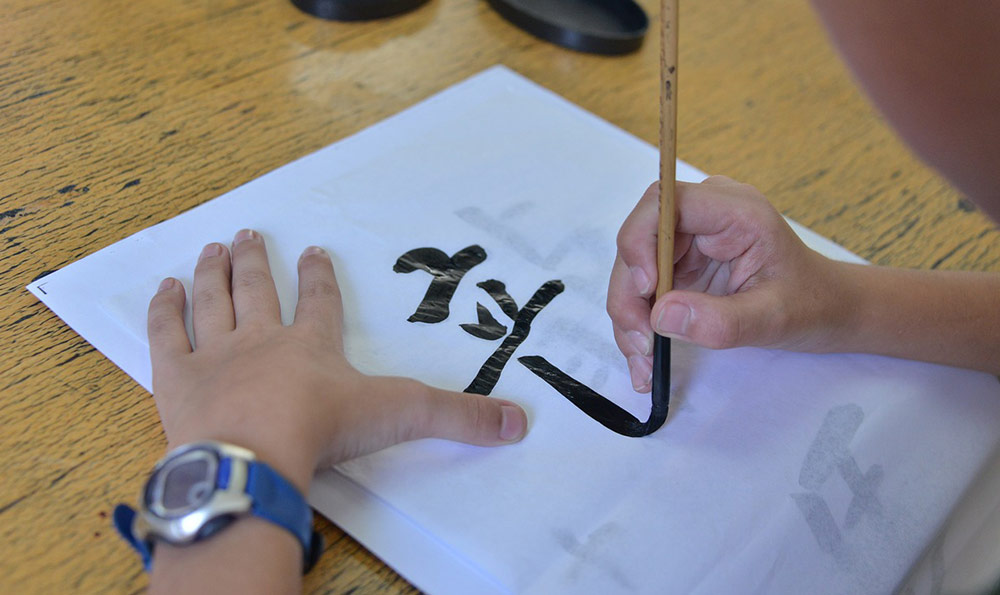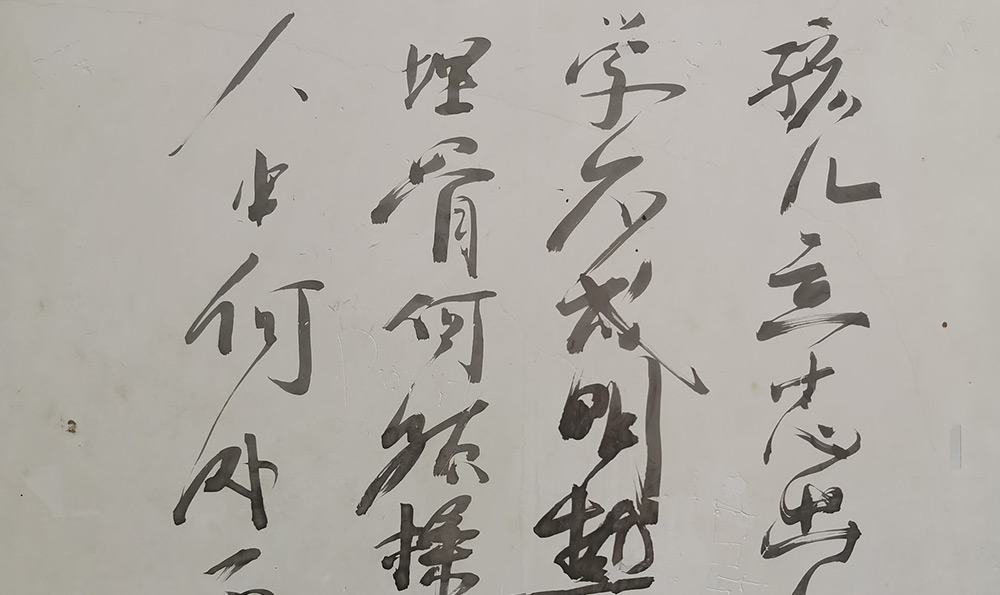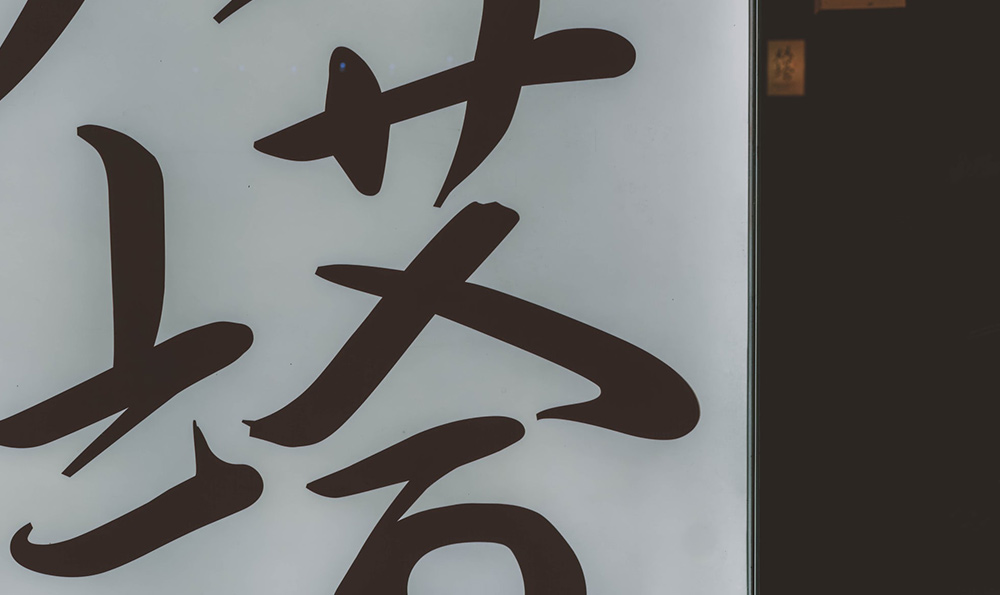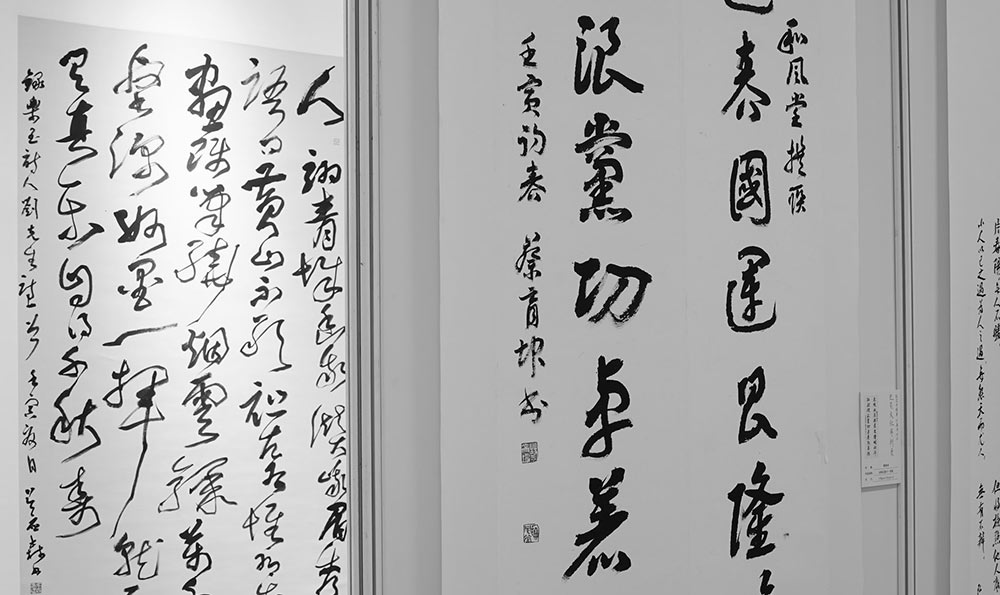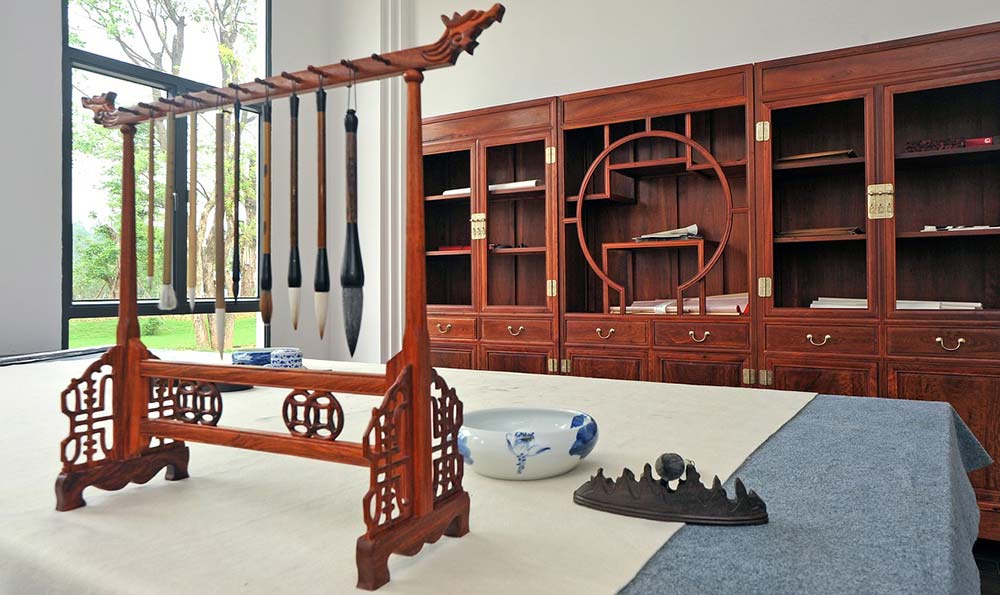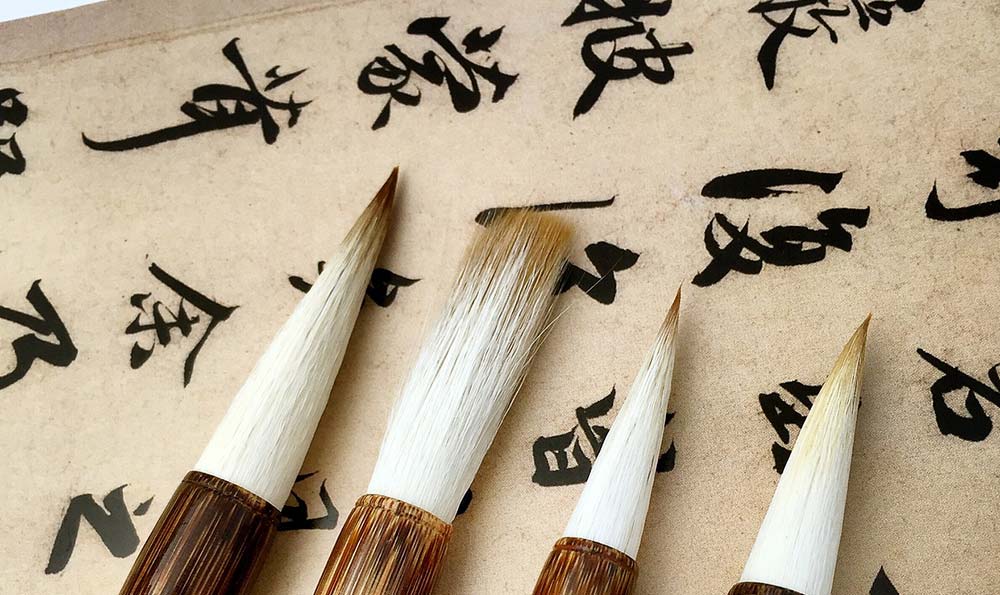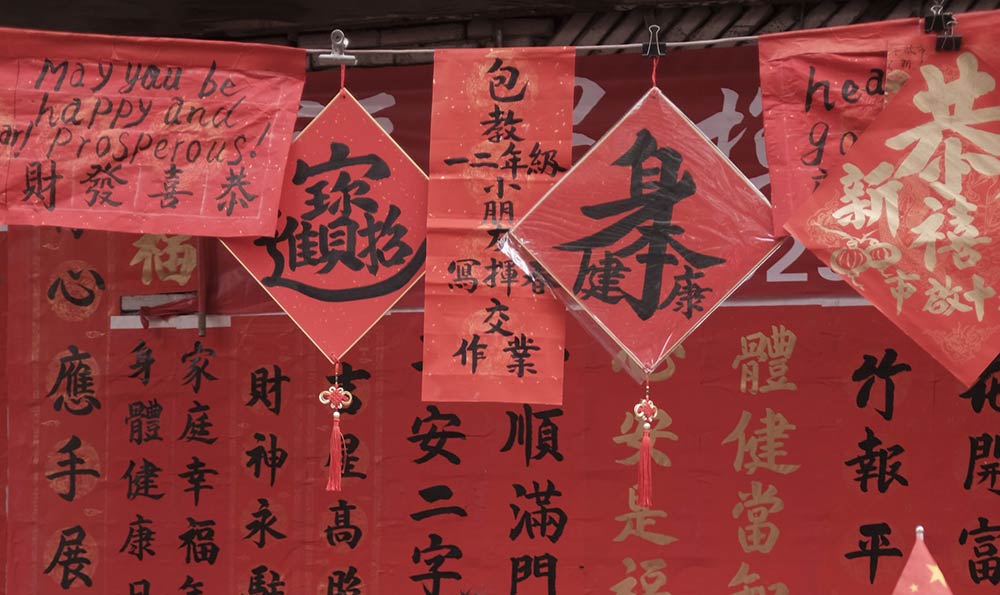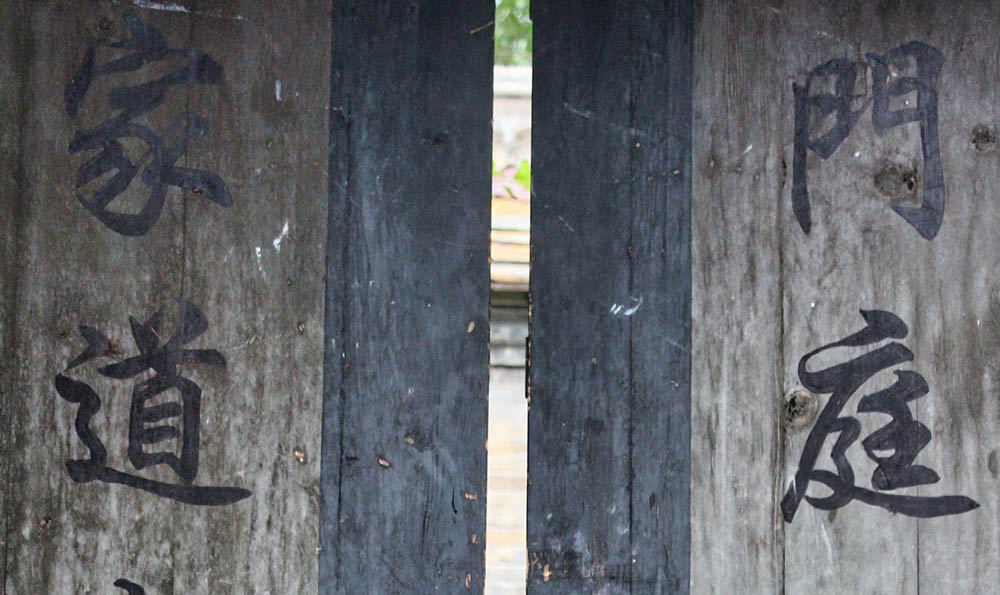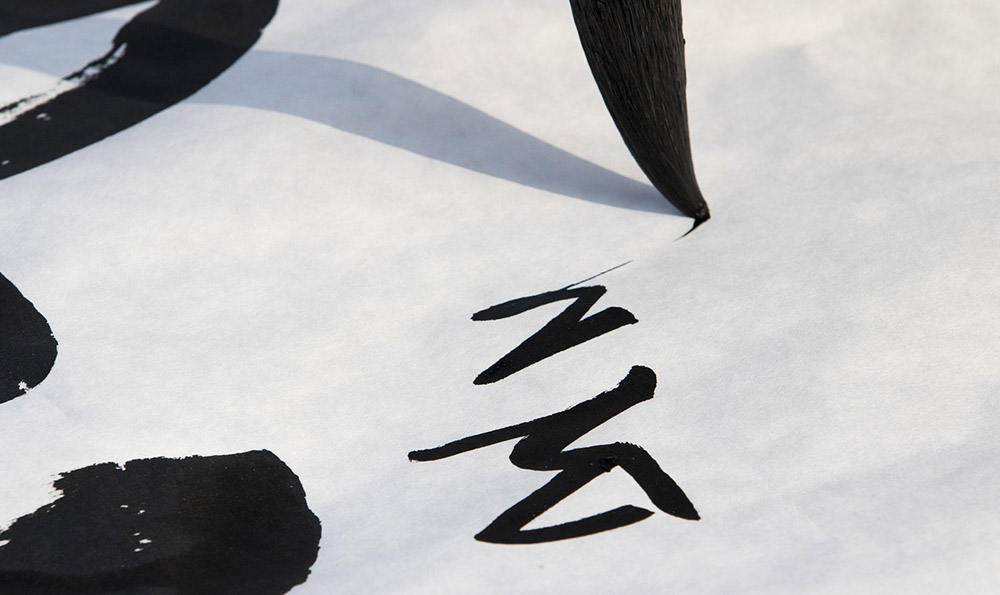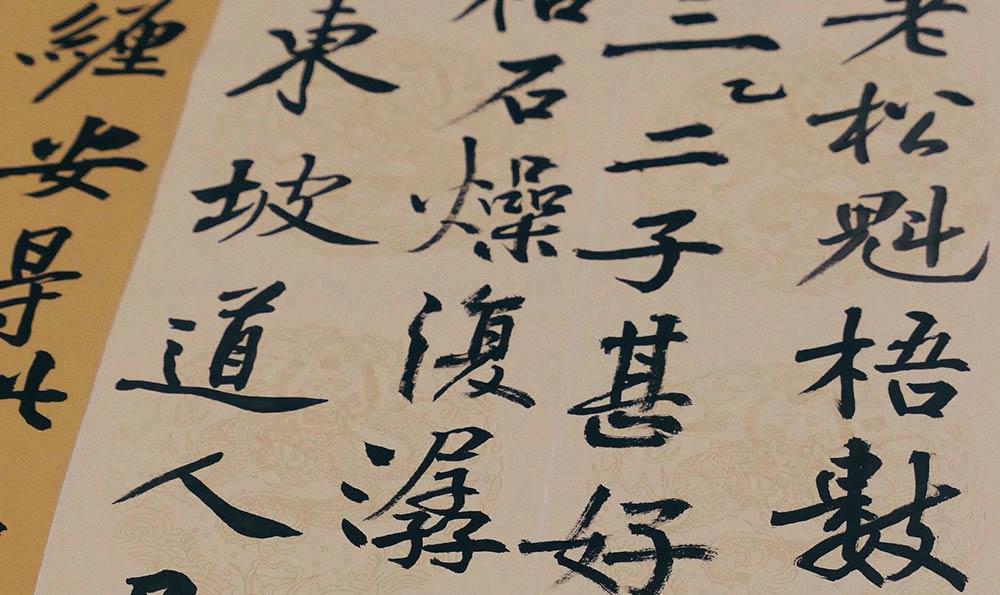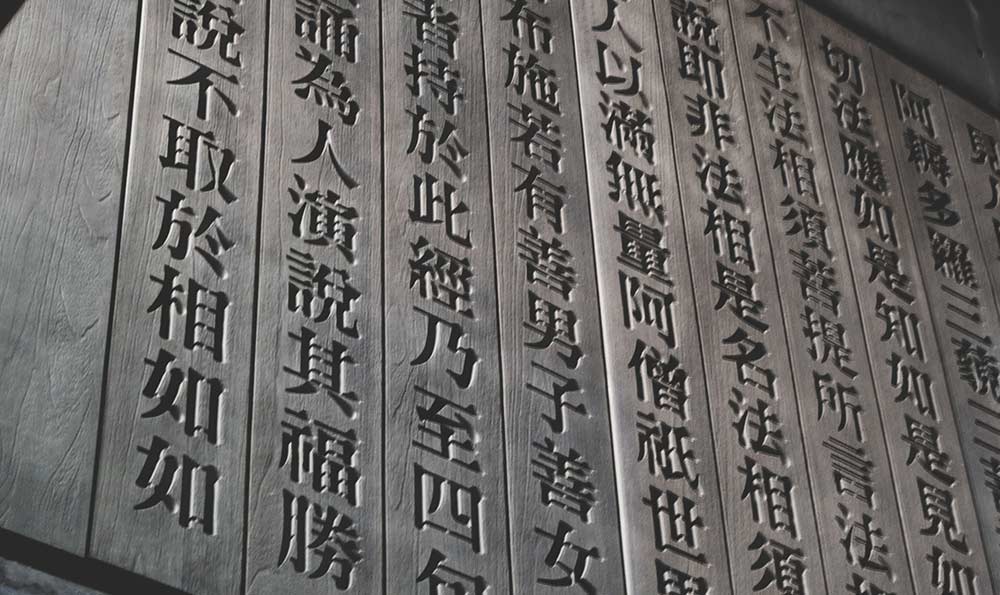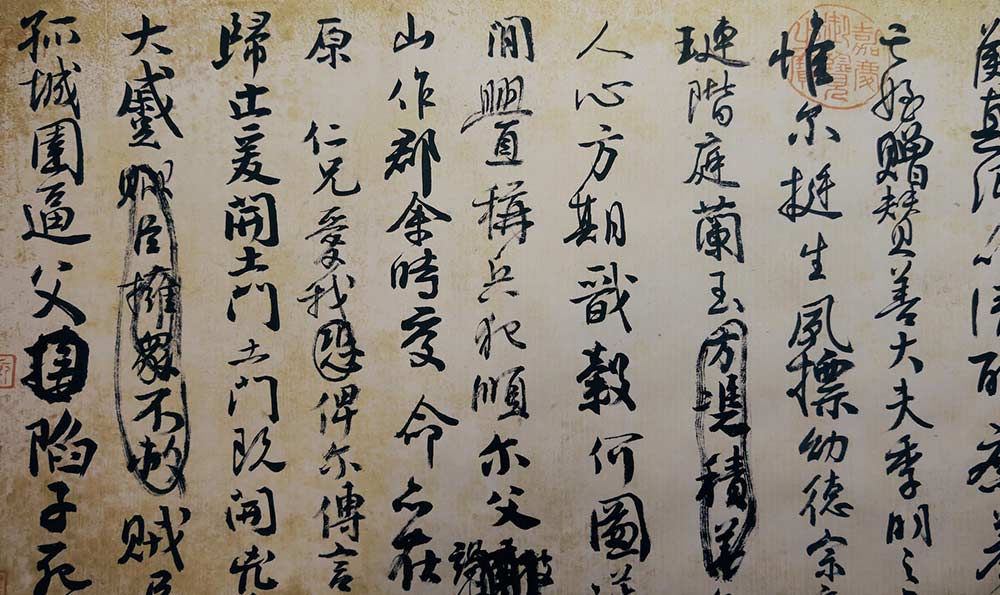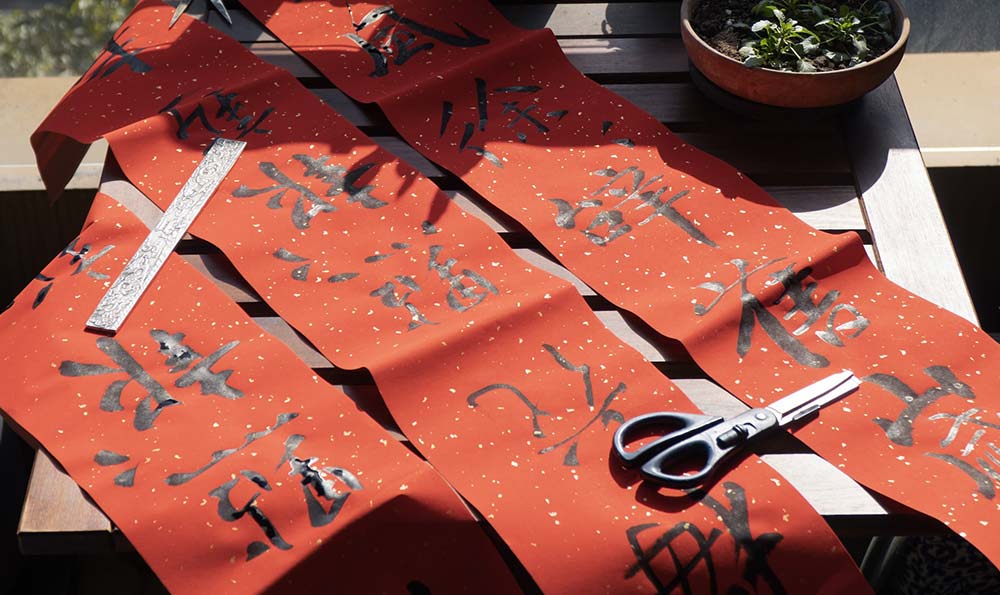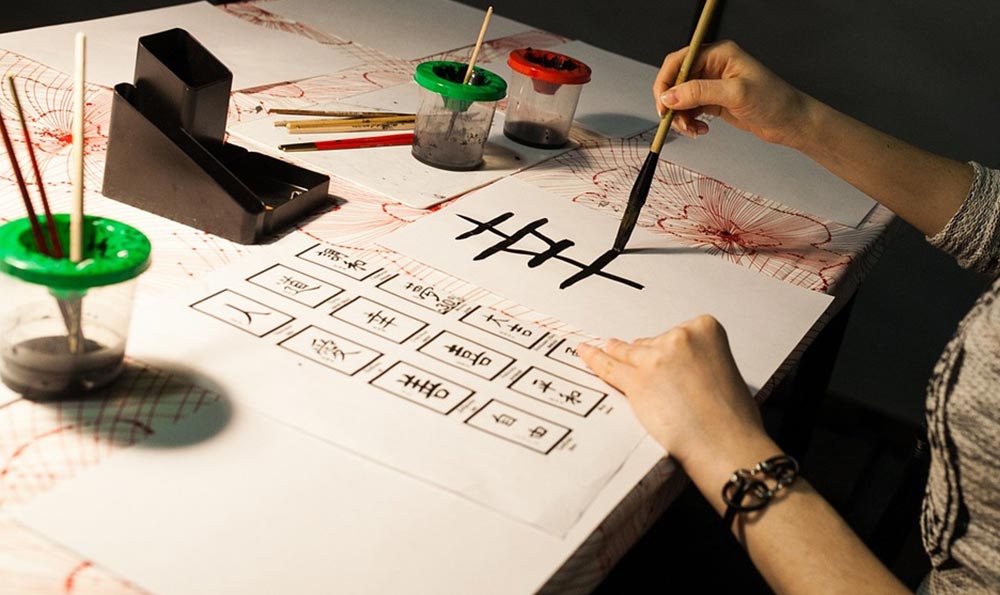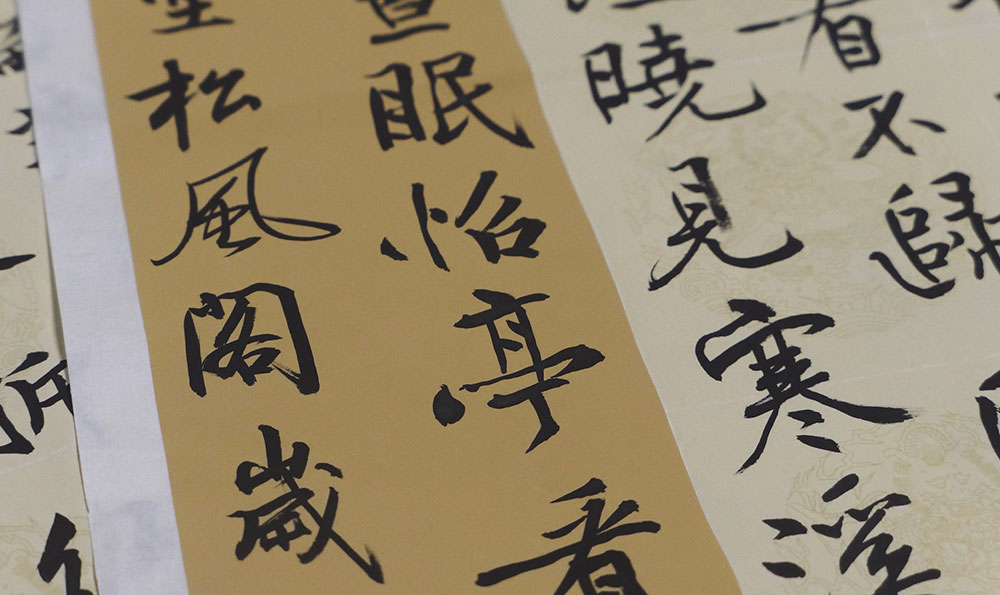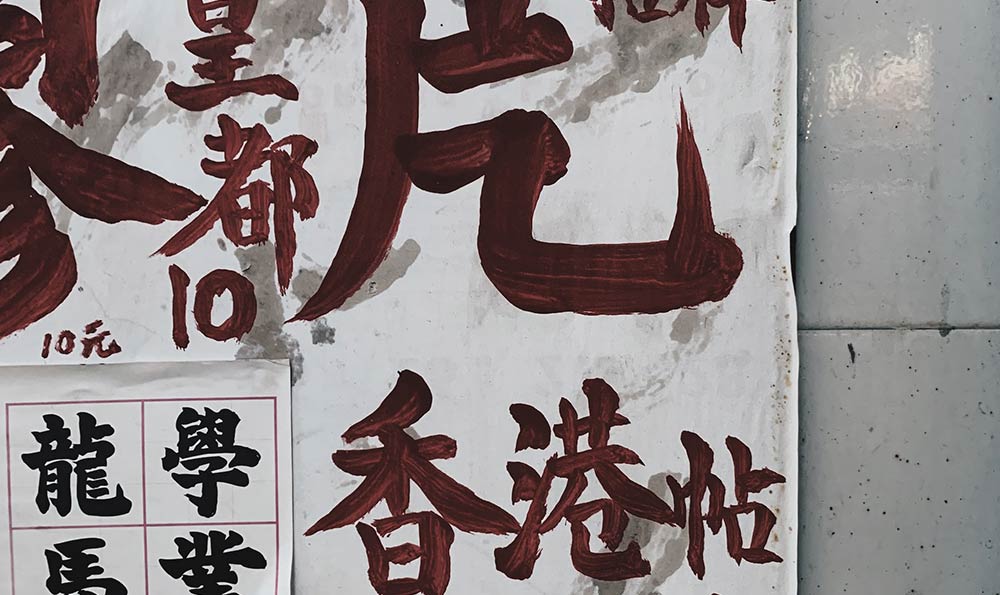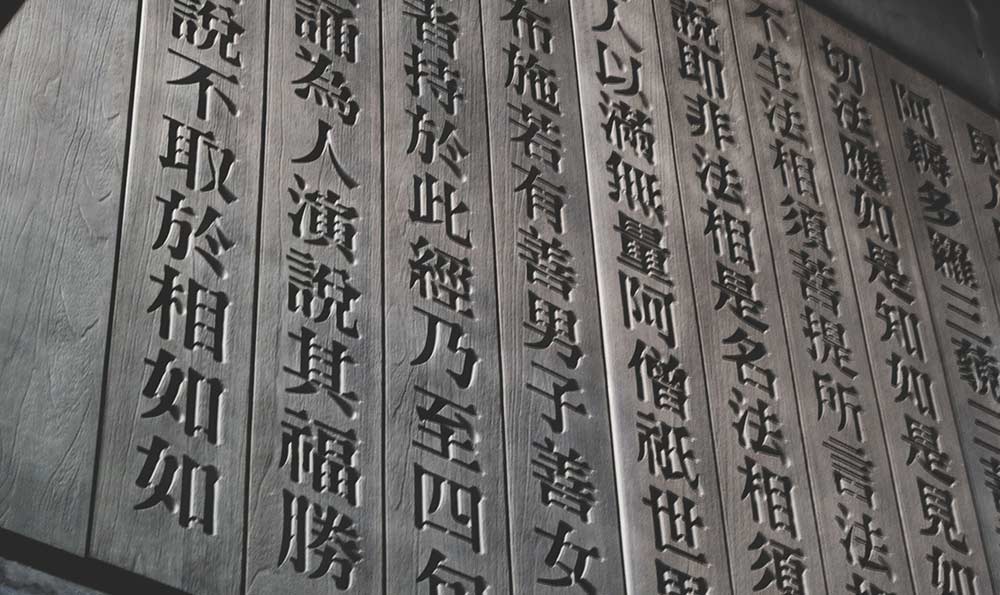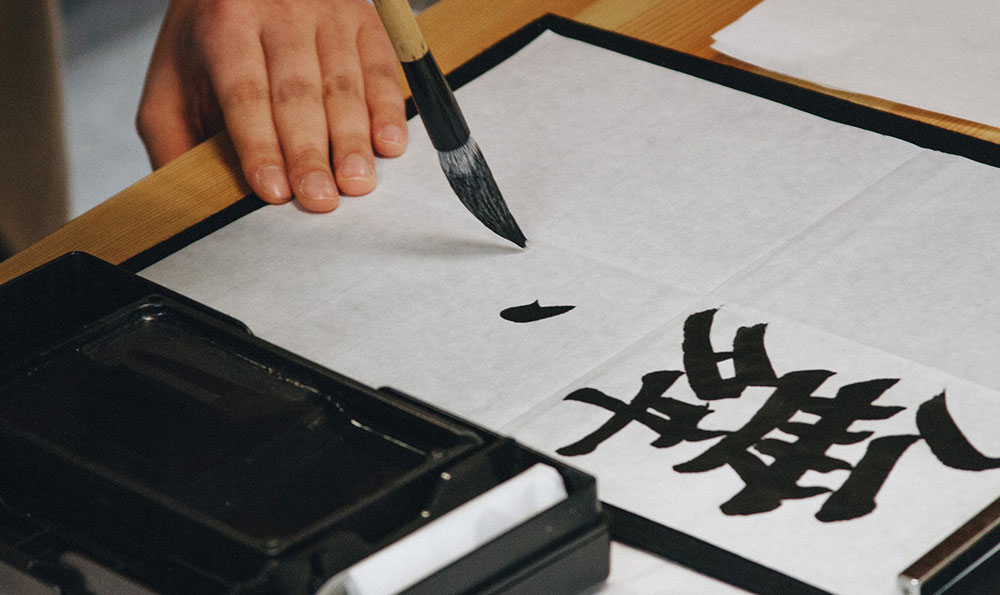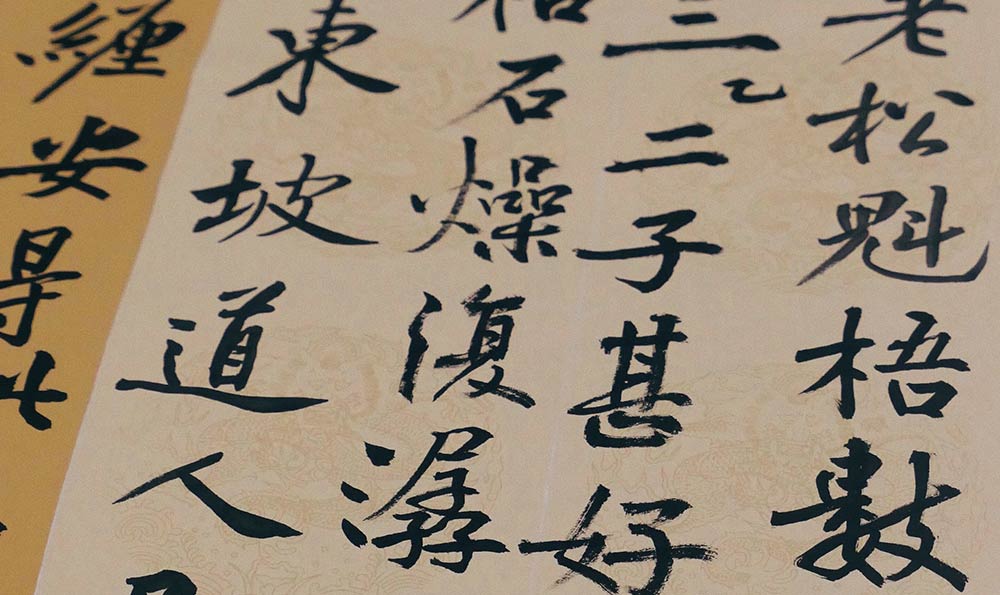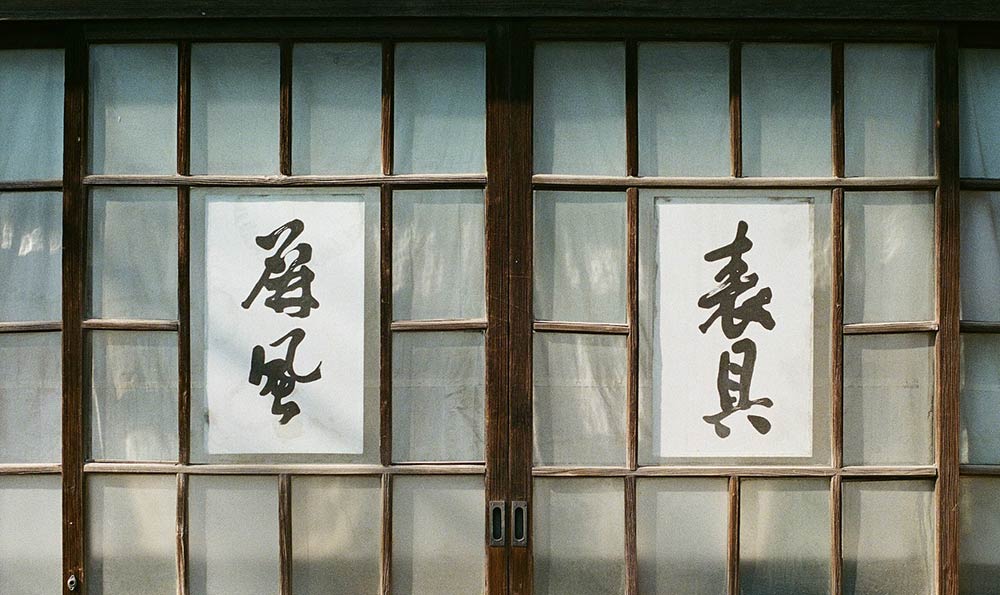
工笔画是中国传统绘画技法之一,起源于北宋时期。它以线条的精细勾勒和色彩的细腻填充为特点,强调细节的表现和精确的描绘。工笔画追求写实,注重形神兼备,以细腻入微的画风著称。
工笔画的特点是绘画技法和审美观念的结合。绘画技法上,它注重线条的勾勒和色彩的涂抹,以线条勾勒物象的形态,再在轮廓内部填充色彩,以达到色彩的鲜明和细节的精细。审美观念上,工笔画追求写实,力求精确地再现客观事物的形态,追求形神兼备,以增强艺术的表现力。
二、父子及第工笔画的历史渊源
父子及第工笔画起源于清代,是中国工笔画的一支重要流派。它的创始人是齐白石和齐铁冰父子二人。齐白石是中国现代画坛的巨匠,也是中国工笔画的重要代表人物之一。他精湛的绘画技巧和独特的创作风格,对中国工笔画的发展产生了深远的影响。
父子及第工笔画以自然界的花鸟作为主要题材。它以绘画技法的熟练和细腻闻名于世。父子及第工笔画注重细节的描绘,色彩鲜艳而不失真实,形态生动而不失准确。它以其独特的艺术风格和高超的绘画技巧,在中国画坛独树一帜。
三、父子及第工笔画的艺术价值
父子及第工笔画在中国绘画史上有着重要的地位和深远的影响。它不仅丰富了中国绘画的艺术形式和表现手法,而且反映了中国画家对自然界和人生的深刻思考。
父子及第工笔画以其精细的绘画技法和准确的形象描绘,展现了中国传统文化的丰富内涵和艺术审美。它通过对自然界的描绘,表达了中国画家对大自然的敬畏和对生命的热爱。父子及第工笔画不仅让人们感受到大自然的美丽和奇妙,也启示人们对生命的思考和对世界的认知。
四、父子及第工笔画的市场发展
随着人们对艺术的追求和审美意识的提升,中国传统绘画艺术逐渐受到人们的关注和热爱。父子及第工笔画作为中国传统工笔画的重要流派之一,也得到了市场的认可和推崇。
父子及第工笔画以其独特的艺术风格和卓越的绘画技巧,成为艺术市场上的热门。越来越多的收藏家和艺术爱好者开始关注和收藏父子及第工笔画,推动了其市场的发展和价值的提升。
五、父子及第工笔画的未来发展
随着社会的不断进步和人们对艺术的需求不断增长,父子及第工笔画将面临更广阔的发展空间和挑战。中国传统绘画艺术的传承和创新是父子及第工笔画未来发展的关键。
在数字技术的支持下,父子及第工笔画可以和现代艺术形式相结合,创造出更多样化、更具个性和时代感的作品。注重专业人才的培养和传统技法的传承,也是父子及第工笔画未来发展的重要方向。
六、结语
父子及第工笔画作为中国传统绘画艺术的瑰宝,以其独特的艺术风格和卓越的绘画技巧,在中国画坛有着重要的地位和深远的影响。它不仅丰富了中国绘画的艺术形式和表现手法,而且反映了中国画家对自然界和人生的深刻思考。相信在未来的发展中,父子及第工笔画将继续创造辉煌,并为人们带来更多的艺术享受和思考的空间。
“父子公孙元及第”
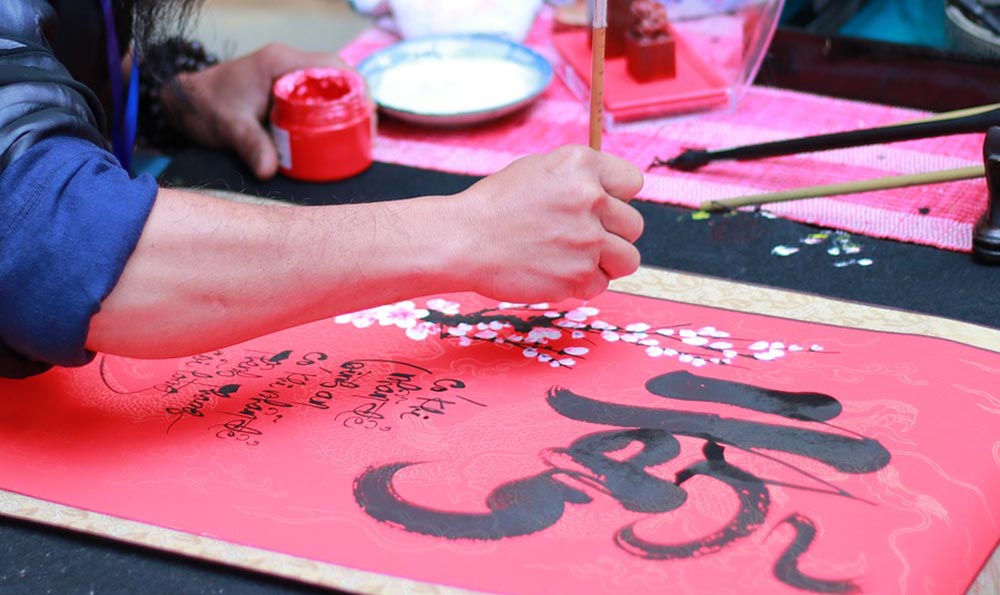
在古代中国,科举制度是选拔人才的一种重要方式。而“父子公孙元及第”则是指父亲、儿子和孙子三代都考中了进士。这种现象在历史上发生过,不过相对较为罕见。本文将通过定义、分类、举例和比较等方法,系统地阐述“父子公孙元及第”的相关知识。
定义
“父子公孙元及第”是指连续三代都考中进士的情况。进士是科举制度中最高的等级,代表着社会地位和荣誉。“父子公孙元及第”也象征着家族的学问积累和家族荣誉的传承。
分类
根据考试成绩和时间的不同,“父子公孙元及第”可以分为完全父子公孙元及第和部分父子公孙元及第。
完全父子公孙元及第是指父亲、儿子和孙子三代都考中了进士,并且都在同一次科举考试中获得了资格。这种情况相对较为罕见,因为每一次科举考试都会有数千人参加,能够连续三代都获得进士资格的家族很少。
部分父子公孙元及第则是指在不同的科举考试中,父亲、儿子和孙子三代都考中了进士。尽管他们没有在同一次考试中获得资格,但这种连续三代都获得进士的情况同样值得称道。
举例
在明清两代的历史上,有一些家族出现了“父子公孙元及第”的情况。例如明代的王氏家族,王振、王宸、王懿三代人都成为了进士。他们的家族以学问世家著称,这一连串的进士之举也使得他们的声望更加显赫。
再例如清代的余氏家族,余第、余豪、余诚三代人都考中了进士,并在政治、教育等领域有着卓越的贡献。他们的家族成为了当地的学术灯塔,为后人树立了榜样。
比较
尽管“父子公孙元及第”在历史上并不常见,但它反映了家族对于学问的重视和追求。这种连续三代都考中进士的情况,标志着家族的学问积累和传统的传承,也反映了社会对学问和知识的认可。
“父子公孙元及第”是中国古代科举制度下的一种珍贵的现象。通过多代人的努力和奋斗,连续三代都考中进士不仅是家族的荣耀,也是社会对于学问和知识的认可。尽管这种情况并不常见,但它激励着后人对学问的追求,为家族和社会的进步做出了巨大的贡献。
参考译文:
"Father, Son, and Grandson All Pass the Imperial Examination"
Introduction:
In ancient China, the imperial examination system was an important way to select talents. "Father, son, and grandson all pass the imperial examination" refers to the situation where three generations of a family all passed the highest level imperial examination. This phenomenon has occurred in history, but it is relatively rare. This article will systematically explain the knowledge related to "father, son, and grandson all pass the imperial examination" using objective, professional, clear, and systematic writing style, mainly using methods such as definition, classification, examples, and comparisons.
Main Body:
Definition:
"Father, son, and grandson all pass the imperial examination" refers to the consecutive passing of the highest level imperial examination by the father, son, and grandson. The highest level imperial examination represents social status and honor. Therefore, "father, son, and grandson all pass the imperial examination" also symbolizes the accumulation of knowledge and the inheritance of family honor.
Classification:
Based on different exam results and time, "father, son, and grandson all pass the imperial examination" can be divided into complete and partial cases.
Complete "father, son, and grandson all pass the imperial examination" refers to the situation where the father, son, and grandson all passed the highest level imperial examination and obtained the qualification in the same examination. This situation is relatively rare as there are thousands of participants in each examination. Families who can pass the examination for three consecutive generations are very few.
Partial "father, son, and grandson all pass the imperial examination" refers to the situation where the father, son, and grandson all passed the highest level imperial examination in different examinations. Although they did not obtain the qualification in the same examination, this consecutive passing of the highest level imperial examination is still commendable.
Examples:
In the Ming and Qing dynasties, there were some families who had the phenomenon of "father, son, and grandson all pass the imperial examination." For example, in the Ming dynasty, the Wang family, represented by Wang Zhen, Wang Chen, and Wang Yi, all became imperial scholars. Their family was known for their scholarly achievements, and this series of successful imperial examination performances enhanced their reputation.
Another example is the Yu family in the Qing dynasty. Yu Di, Yu Hao, and Yu Cheng, three generations of the Yu family, all passed the highest level imperial examination and made outstanding contributions in politics and education. Their family became a beacon of learning in the local area, setting an example for later generations.
Comparison:
Although "father, son, and grandson all pass the imperial examination" was not common in history, it reflects the family's value and pursuit of knowledge. This consecutive passing of the highest level imperial examination signifies the accumulation and tradition of family education and also reflects society's recognition of knowledge and learning.
Conclusion:
"Father, son, and grandson all pass the imperial examination" is a precious phenomenon under the ancient Chinese imperial examination system. Through the efforts and struggles of multiple generations, achieving the consecutive passing of the highest level imperial examination not only brings glory to the family but also represents society's recognition of knowledge and learning. Although this situation is rare, it inspires future generations to pursue knowledge and contributes greatly to the progress of families and society.
画盘子工笔画——将传统与创新相结合的艺术

您有没有想过,一个平凡的盘子也能成为艺术品?您有没有想过,通过细腻的笔触和精心的描绘,盘子能给人带来无限的艺术享受?我将为您介绍一门独特的艺术形式——画盘子工笔画。通过这篇文章,我们将探讨画盘子工笔画的起源、特点以及其在现代社会中的价值。
一、起源:追溯历史,发现传统
1.1 画盘子工笔画的起源和发展
1.2 传统文化背景下的盘子工笔画
二、特点:以盘为媒,独树一帜
2.1 盘子的选择与制作
2.2 独特的工笔技法
2.3 融入现代元素的创新表达
三、价值:传承与创新,让盘子走向世界
3.1 传统文化的传承与发展
3.2 盘子工笔画在现代社会中的地位与影响
3.3 盘子工笔画的商业价值与市场前景
论述展开:
起源部分:通过对画盘子工笔画起源的探究,我们可以发现,在中国传统文化的熏染下,画盘子工笔画逐渐形成,并传承至今。这一传统艺术形式的起源可以追溯到古代的陶瓷艺术,经过历代的发展,逐渐形成了独特的审美风格和技法。我们也可以了解到画盘子工笔画在传统文化背景下的重要地位,它既是一种艺术形式,更是一种文化符号的传承。
特点部分:画盘子工笔画之所以独树一帜,主要体现在盘子的选择与制作、独特的工笔技法以及创新的表达方式上。在选择与制作环节中,艺术家们会精心挑选材质、形状和图案,以打造出独具特色的盘子。而在工笔技法的运用方面,细腻的笔触、精确的着色以及对细节的精心描绘,让盘子变得栩栩如生。艺术家们还将现代元素与传统技法相结合,通过创新的表达方式,使盘子工笔画焕发出新的生命力。
价值部分:画盘子工笔画不仅是一种传统艺术的传承,还具有丰富的现代价值。通过对传统文化的传承与发展,画盘子工笔画有助于拓展人们的审美视野,提升文化自信。盘子工笔画不仅具有艺术性,更有一定的商业价值和市场前景。许多艺术家通过将盘子工笔画进行设计和创新,打造出独一无二的艺术品,受到市场的热捧。通过画盘子工笔画的推广,可以将中国传统文化带向世界,促进文化交流与对话。
总结观点和结论部分:画盘子工笔画作为一门独特的艺术形式,既传承了传统,又融入了现代的元素,具有重要的艺术价值和市场价值。通过画盘子工笔画,人们可以感受到传统文化的魅力和现代艺术的创新力。我们应该加强对画盘子工笔画的传承与推广,让更多人了解和欣赏这一美妙的艺术形式。
画盘子工笔画是一门独特的艺术形式,通过细腻的笔触和精心的描绘,将盘子变成了艺术品。它不仅承载着传统文化的传承,更具备着现代艺术的创新力。通过对画盘子工笔画的探究,我们不仅能够领略到其独特之处,还能够感受到它在现代社会中的重要价值和意义。让我们一起走进画盘子工笔画的艺术世界,感受其中的魅力与创新!


